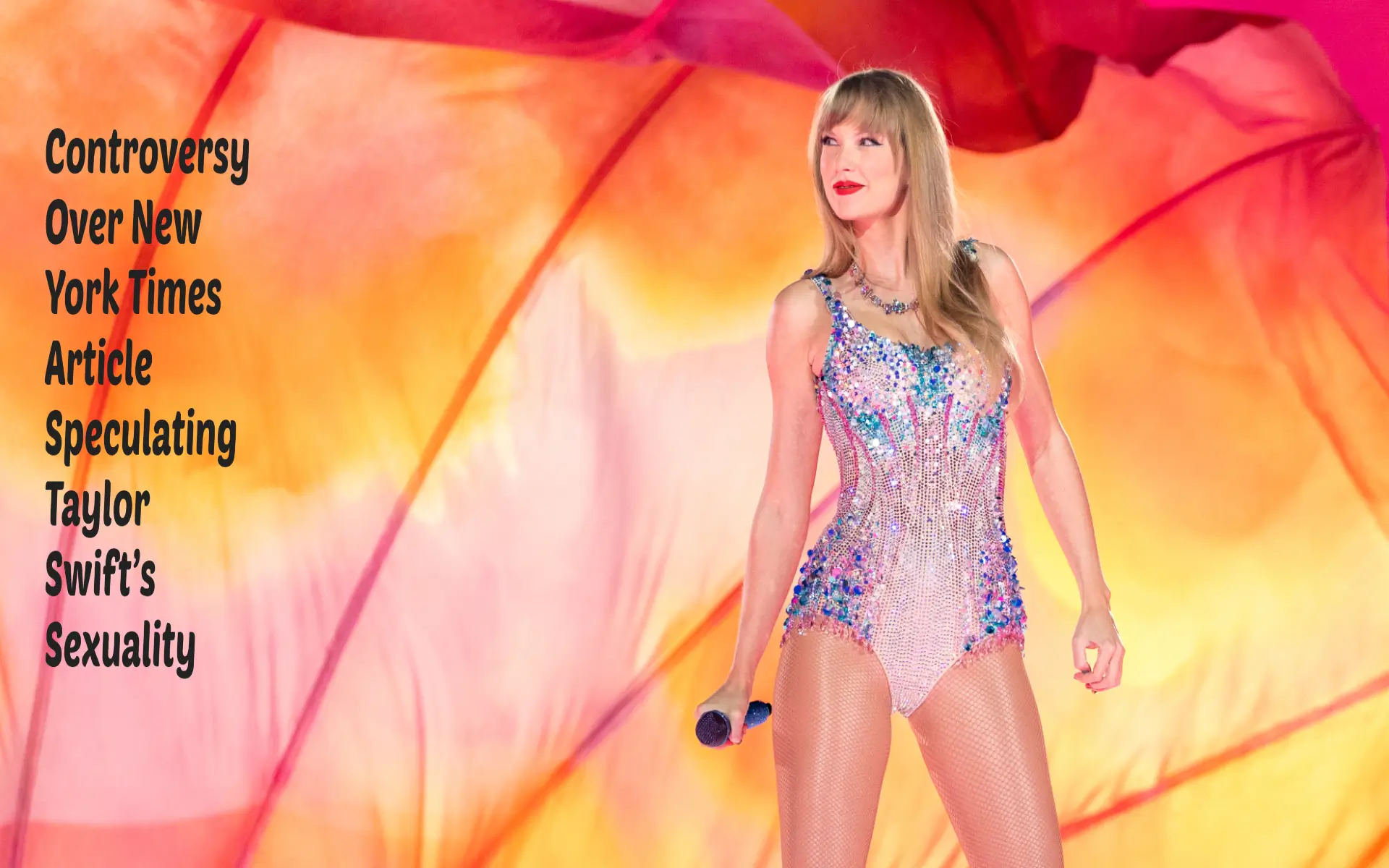
In recent weeks, a controversial opinion piece published in The New York Times has ignited a firestorm of debate and criticism surrounding the speculation about Taylor Swift’s sexuality. The article, written by Anna Marks, delves into the singer’s body of work, highlighting various LGBTQ references and suggesting that Swift may be signaling a queer identity.
Before delving into the controversy, it’s important to acknowledge Taylor Swift’s long-standing support for the LGBTQ community. Throughout her career, Swift has been vocal about her commitment to being an ally, using her platform to advocate for LGBTQ rights and creating a safe space for her LGBTQ fans. Her concerts have been hailed as inclusive and accepting, and she has actively spoken out against anti-LGBTQ legislation.
Taylor Tomlinson takes over Late-Night TV with ‘After Midnight’ Debut
The focal point of the controversy lies in the New York Times opinion piece that speculates about Taylor Swift’s sexuality. Marks’ article compiles a series of LGBTQ references found in Swift’s songs and performances, suggesting that the singer has been subtly signaling a queer identity. However, the piece has drawn significant criticism for its invasion of privacy and the potential harm caused by such speculation.
The publication of this opinion piece raises important questions about the ethical boundaries of journalism, particularly when it comes to discussing an individual’s sexuality. Critics argue that such speculation, especially about a public figure as influential as Swift, crosses a line and can perpetuate harmful stereotypes. It calls into question the responsibility of journalists to respect personal boundaries and avoid invasive speculation.
Despite her support for the LGBTQ community, Taylor Swift has consistently denied being a member herself. In a Vogue interview, she expressed the difficulty of advocating for a community she does not personally identify with. Swift has emphasized her commitment to being an ally and creating a safe space for LGBTQ individuals, but she has maintained that her own identity does not align with the queer community.
The controversy surrounding Swift’s sexuality raises broader discussions about the role of the media in speculating about an individual’s personal life. As society continues to grapple with issues of identity and representation, it is crucial for journalists and media outlets to approach these topics with sensitivity and respect. Speculating about someone’s sexuality without their explicit confirmation can perpetuate harmful assumptions and invade their privacy.
Public figures like Taylor Swift often face intense scrutiny of their personal lives. While they may choose to share certain aspects of their identities, others should be respected as private. The pressure to conform to societal expectations and speculation about their sexuality can be overwhelming. It is essential for the media to be mindful of the potential harm caused by invasive coverage and to prioritize respect for personal boundaries.
Kelly Clarkson outlines her reasons for need a “fresh start” in New York
In an era of fake news and sensationalist reporting, responsible journalism becomes even more critical. Journalists have a duty to uphold ethical standards, to respect personal boundaries, and to avoid perpetuating harmful stereotypes. While freedom of the press is essential, it should not come at the expense of an individual’s privacy and well-being. Striking a balance between public interest and personal boundaries should be at the forefront of journalistic practices.
As the controversy surrounding Taylor Swift’s sexuality unfolds, it presents an opportunity to redefine the narrative. Instead of focusing on baseless speculation and invasive coverage, the media can shift its attention to Swift’s advocacy work, her impact on the music industry, and her artistic contributions. By celebrating her accomplishments rather than speculating about her personal life, we can create a more positive and inclusive media landscape.
